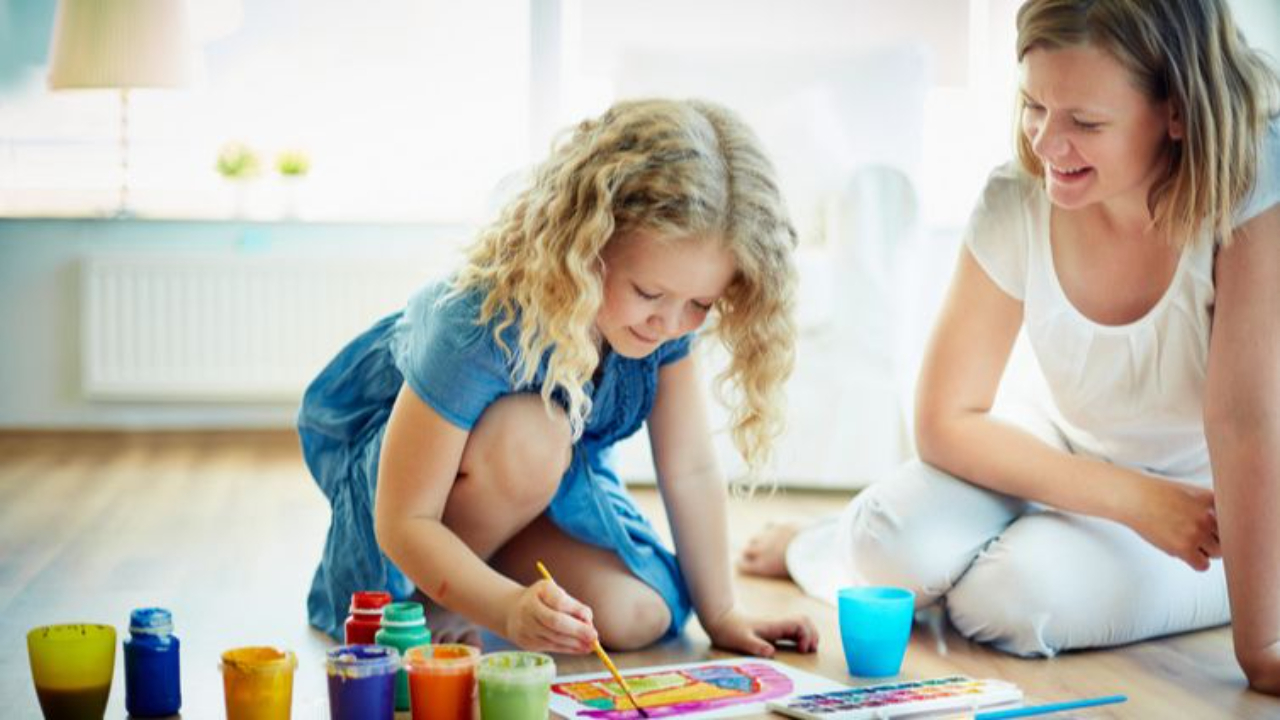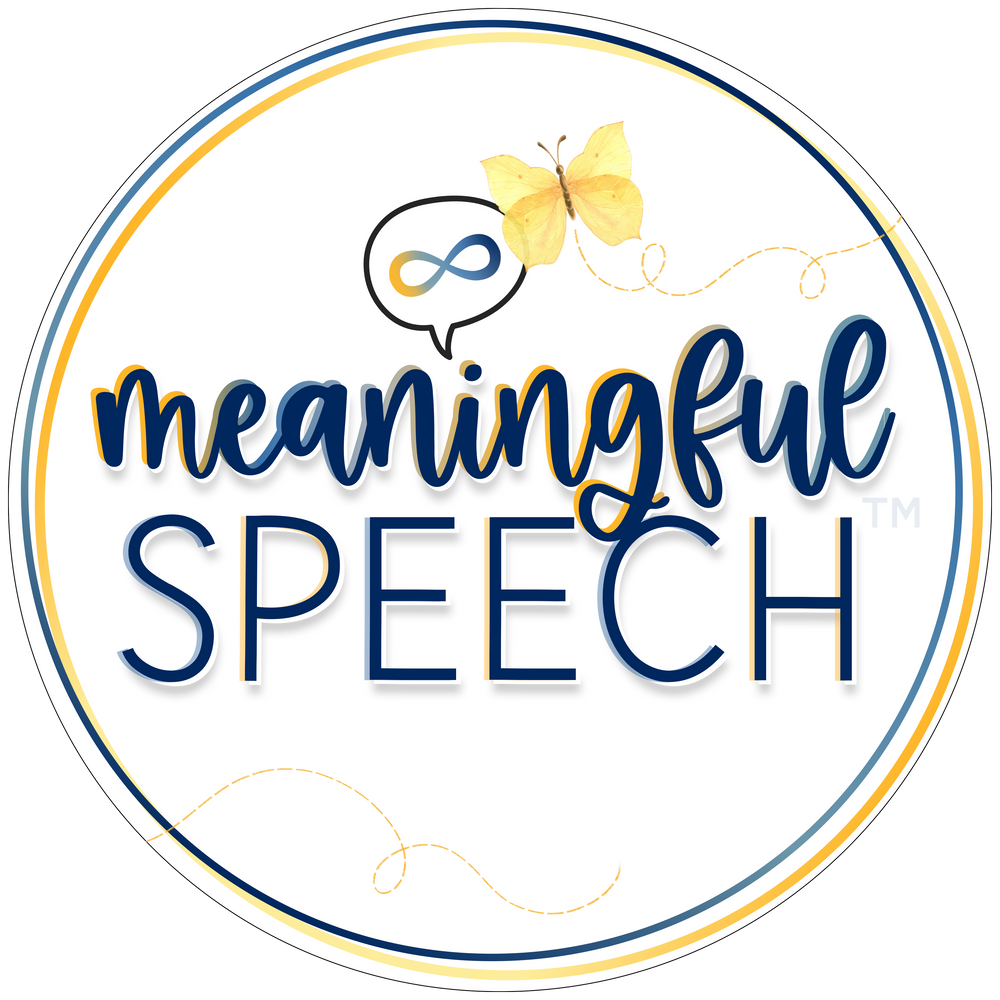What is the difference between true gestalts and taught phrases?
Aug 13, 2025
When supporting gestalt language processors, we want to model language naturally. True gestalts are natural and picked up spontaneously by the child from their environment. Gestalt language processors can listen to the language in their environment, process it, and pick up gestalts that are meaningful to them. There is no need to directly teach language by prompting or cueing gestalt language processors. Language should instead be modeled naturally during child-led activities and everyday routines without expectation.
What is considered a “taught phrase”?
Taught phrases are drilled, memorized or practiced as a result of well-meaning routines, compliance-based therapies, or an emphasis on language strategies for analytic language processors. Some examples of these might be the use of carrier phrases or sentence strips, rehearsed routines, flash cards, drill and practice, and labeling. While some of these strategies may be appropriate for analytic language processors, they do not help support gestalt language processors to get to self-generated, original/flexible language. Here are some examples of what these might look like:
- Result of drill and practice:
Adult: “ABCD”... “Your turn. ABCD”
Child: ABCD - Memorized from well-meaning routines that are rehearsed over and over.
Adult: “Who's ready for school?!’... “I am!’
Child: “I am!” *anytime the parent asks this question*
- Result of compliance-based therapies or an emphasis on strategies for analytic language processors.
Example: *Focus on labeling* Note: labeling is not appropriate for gestalt language processors that are in the early stages of gestalt language development (Stages 1-2). This is a strategy meant to build vocabulary, which is not our goal for gestalt language processors. Our goal in these early stages is to provide them with more gestalts.
Adult: “What’s that? It’s a ball!”
Child: “Ball” - Sentence strips or Carrier Phrases
An adult uses a cloze procedure strategy where the words in the phrase are the same, except for the ending. The child finishes the rote phrase with a word of their own. Some examples:
I want _____.
I need _____.
I see ______.
Tips to support natural acquisition of language and true gestalts
- Acknowledge all communication, even if it’s a taught phrase. You can acknowledge language in a number of ways. Even if it’s unintelligible or you’re unsure what they’re trying to communicate. You can smile, nod your head, repeat the script back to them, say “yeah!”, etc. Let them know that their communication is valid and heard.
Example:
Child: “Elmo's fur is furry, alright”
Adult: *nods* “Yeah! Elmo’s fur is furry, alright!” - Follow the child’s lead and naturally model gestalts during everyday routines and play. Play with what they want to play and model language naturally during play. If it doesn’t feel natural, hold off. The most important thing when modeling language with gestalt language processors is that modeling should occur in natural opportunities.
Example: Before a child comes in for their first session, you ask their caregivers about their interests. Their parents tell you they enjoy movement activities and tactile play. You decide to set up an obstacle course, put up a sensory swing and put out a sensory bin filled with beans. When the child comes in for the session, you let them choose which activity they want to do and follow their lead. As natural opportunities arise, you model gestalts for the child. There is no expectation that the child repeats it or immediately uses it. Just focus on modeling language you feel is meaningful to the child without expectation.
*Child jumps in the swing* This is a great natural opportunity to model!
Adult models: “Time to swing!” - When taking language samples only score the child’s spontaneous language. We do not score any language that was taught, even if it has been mitigated. All original forms and mitigated forms of taught language remain unscored.
Example:
"I want drink" *taught phrase*, scored 0.
"Teen titans go!" *acquired naturally while watching Teen Titans and repeated verbatim*, scored 1. - Eliminate the questioning. We often ask children questions as a way to connect with them. We can hear a child’s true spontaneous language by staying quiet and eliminating questions. Most gestalt language processors cannot reliably answer questions until they’re self-generating language (Stages 3-4+), so frequent questioning can become frustrating on both sides. Instead, try commenting, narrating and pausing.
Instead of…
*sees a cat run by*
Adult: “Johnny, what is that running by?”
Child: *no response*
*The child isn’t left with a mitigable (easy to mix and match) model to use in the future when they see a cat, they will likely repeat the question asked*
Try…
Adult: “Look! It’s a cat!”
*The child has a mitigable model that they can use in the future when they see a cat*
Want to learn more in-depth information about how to support gestalt language processors?
- There are many free podcasts, webinars and articles to get you started. A comprehensive list of resources can also be found on our website and also on Communication Development Center's website.
- Consider taking the Meaningful Speech course to learn more about how your child or client processes language, how you can support them from echolalia to self-generated (original flexible) language, child-led therapy, and neurodiversity-affirming practices.
- Consider taking our new AAC + Gestalt Language Processing course. It will teach you how to identify, evaluate and support gestalt language processors who use AAC or who you think might benefit from AAC.
- Look for a speech-language pathologist (SLP) who "gets it" and can help you in supporting your child's language development. Check out our registry. for SLPs who understand gestalt language processing and child-led therapy.
